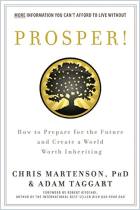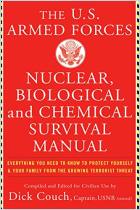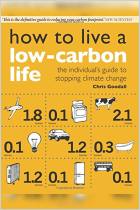Únase a getAbstract para acceder al resumen.

Únase a getAbstract para acceder al resumen.
Creek Stewart
The Disaster-Ready Home
A Step-by-Step Emergency Preparedness Manual for Sheltering in Place
Adams Media, 2022
¿De qué se trata?
A survival expert shows how families can prepare for natural and human-caused catastrophes.
Recommendation
Various catastrophic scenarios — floods, earthquakes, fire, pandemics — can cut you off from your usual supply of power, water, food and other necessities. In this detailed manual, survival expert Creek Stewart shows you how to prepare for a crisis. He offers step-by-step, photo-illustrated instructions for storing and collecting water, stocking a long-term pantry, heating and cooking with fire if you lack gas or electricity, and other survival steps. Stewart’s practical strategies are designed for home use, but those with small commercial facilities may find some helpful ideas.
Summary
About the Author
Creek Stewart, who hosts three survival-related programs on The Weather Channel, owns the Indiana-based Willow Haven Outdoor survival skills and disaster preparedness company.





















Comment on this summary